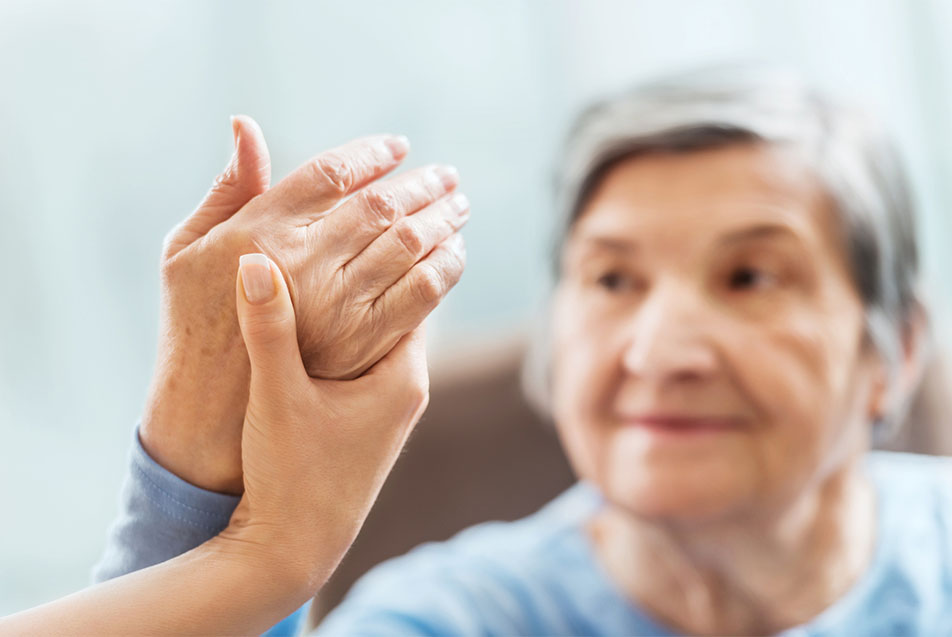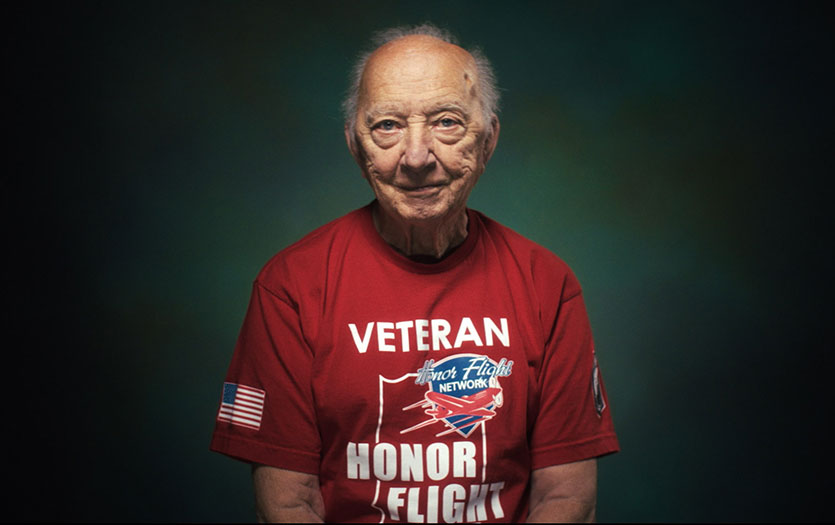
Ashley Wilson, MOT, OTR/L, CHT, has a master’s degree in occupational therapy and is a certified hand therapist (CHT), serving patients at Parkview Huntington Hospital. We wanted to know more about her specialty and what it means for the community she serves.
What is a certified hand therapist?
Our certification body, the Hand Therapy Certification Commission (HTCC), puts it well: “People value the use of their hands and any loss of function through injury or accident may have a devastating effect on their lives. Anyone with an injury wants the very best of treatment to assure maximal recovery. The certified hand therapist credential offers assurance to the public that the therapist has achieved the highest level of competency in the profession and stays up to date with practice within the field.
“The intricate anatomy of the arm and hand frequently requires very delicate surgery, often with microscopic techniques. The technical complexity of these kinds of surgeries necessitates a high level of competence by therapists with advanced skills in upper quarter rehabilitation during postoperative recovery. Therapists must be knowledgeable about these advanced surgical techniques and postoperative therapy programs to become CHTs. They must also remain current with changes in hand therapy practice.
“Certification is voluntary and difficult to attain. It involves meeting rigorous standards, developing a long-range career path, and acquiring the advanced study and training required to pass the certification examination. CHTs are therapists who demonstrated a personal dedication to the profession of hand therapy and a desire for advanced competency; they bring to their work a commitment and dedication to reach and maintain the highest standards in their profession. The CHT credential is recognized by many professional organizations as a benchmark for excellence in advanced specialty credentialing in health care.”
What are the benefits of working with a certified hand therapist?
You get a focused assessment – CHTs are extremely knowledgeable about the hands, wrists, elbows and fingers. They understand how the muscles, tendons and bones work together, and can evaluate any dysfunction or complication with a high level of expertise.
Treatment plans – CHTs provide movement-based therapeutic solutions that are often non-invasive and very manageable for the patient.
Quick, frequent care – Frequent therapeutic treatment is essential for improving and maintaining mobility and decreasing the duration of the total treatment plan. You don’t want to wait weeks to start your treatment, as the muscles will begin to freeze and the body will develop scar tissue. This can make treatment and recovery more difficult and hinder the course of treatment. A CHT will know the steps to take and when to streamline the rehab process.
Better functional results – I will develop a treatment plan tailored to your specific injury, abilities and goals. We start by establishing your baseline and then set attainable goals from there. We’ll adjust as necessary, but it’s important to have a roadmap.
What special training have you received?
CHTs are physical or occupational therapists who have completed at least three years of experience and 4,000 hours specifically working with hands and upper extremities. We then have to sit for and pass our certification exam. Certification is the first step in this process; it provides assurance to the public that a CHT meets the high standards set by HTCC. Once certified, it is the personal responsibility of each CHT to maintain the credential in order to demonstrate current knowledge and skills. Because of changes in the profession, every CHT is required to demonstrate continued professional development and competency by recertifying every five years.
What are some of the conditions you treat on a regular basis?
CHTs provide non-operative interventions, preventive care and post-surgical rehabilitation for a wide variety of upper extremity disorders, from fingertip injuries to complex replanted extremities.
Patients with chronic conditions, such as arthritis, or neurologic conditions, such as a stroke, can also benefit from hand therapy through education on joint protection and energy conservation, and with recommendations for adaptive equipment or devices to improve function.
How can someone get an appointment with you?
A patient does not need a referral. As an occupational therapist – and one of the few CHTs in our area – in the state of Indiana, I have direct access and can see a patient for 42 days prior to getting a physician referral. I frequently talk to patients pre- and postoperatively to start developing a plan. Patients can call our office at 260-355-3240 to learn more or schedule an appointment.



